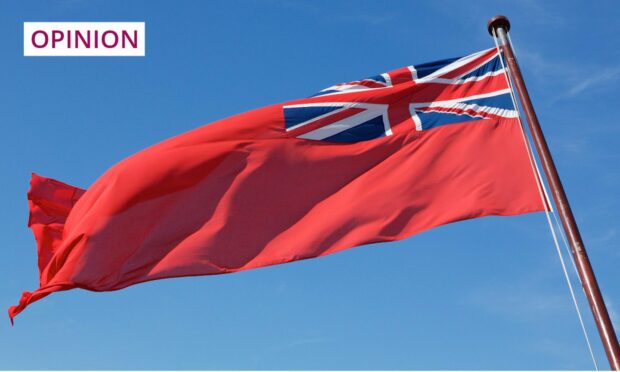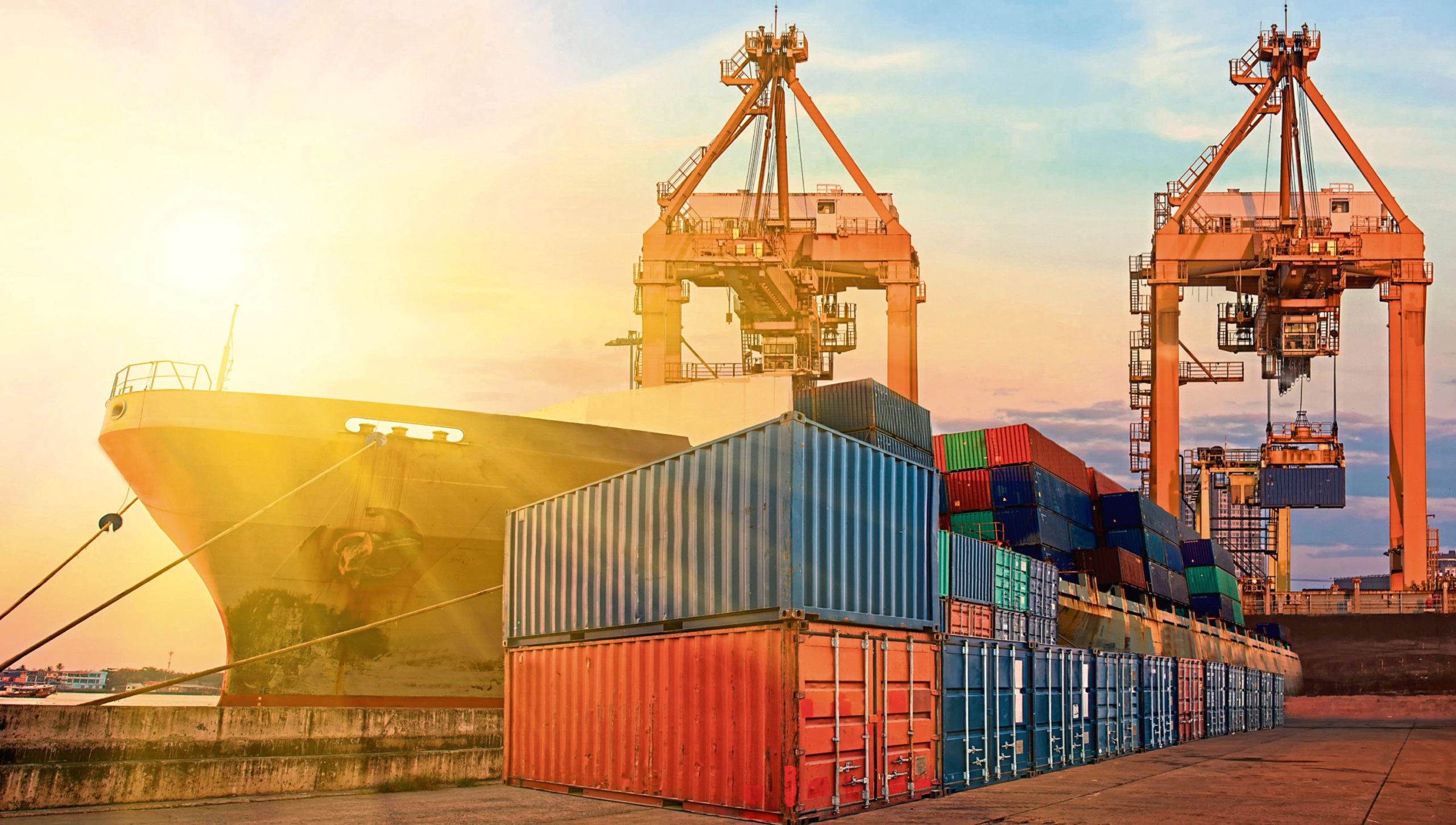Merchant Navy Day will be marked in four days’ time, on Sunday September 3, so what better time to remember some good old sea yarns?
It’s taken me a while to believe that the key to writing is not the hand but the ear: listening carefully, not just to what is being said, but how it is being said.
So, when I used to visit my late father-in-law, I tried to listen very carefully. Not just because he was my dear father-in-law, and always worth listening to (even when retelling the same story), but because he was a captain in the Merchant Navy, and his yarns were full of terms which a landlubber like myself could only fathom by careful listening.
I noticed, for instance, that when he spoke of “The Navy”, he always meant the Royal Navy. I asked him about that, and he explained that, when speaking of The Merchant Navy, he and his colleagues would invariably just name the particular companies that made up the MN, rather than using the term “Merchant Navy“.
So, for instance, he would refer to the Ben Line or Chapman’s or Shaw Savill and so on, although this wasn’t a strict rule, for now and again, when speaking in general, he might speak of the Merchant Navy. Which, in his humble opinion, was always superior to the Royal Navy. More officers than men!
Or, to quote him: “The RNR (Royal Naval Reserve) – sailors trying to be gentlemen. The RNVR (Royal Naval Volunteer Reserve) – gentlemen trying to be sailors. The RN (Royal Navy) – neither, trying to be both!”
The Merchant Navy was bathed in romance
The Merchant Navy holds a special affection in the communities of the west coast and the northern isles of Scotland. I grew up on an island where it seemed that every household had six or seven sons away at sea, returning with remarkable stories of their travels round the world.
I’d hear these sailors, home on leave, speaking magic names such as Bahia Blanca and Cape Horn and the Cape of Good Hope. They became mythic places in my imagination, peopled by eye-patched pirates and adventurers and turbaned dancers and flamenco guitarists seen in Port Said and Cairo and Algiers and probably even in Stornoway!
The reality may have been much more prosaic: miles and miles of endless grey sea, before the blessed relief of port. But isn’t that true for all of us? You forget the choppy Minch and the CalMac macaroni once you see the distant lights of Lochboisdale welcoming you home.
The Merchant Navy was bathed in so much romance for me that I tend to forget its function: to transport people and goods across the globe. There were and are, of course, the luxury liners and the beautiful passenger ships I grew up admiring: the QE2 and the Queen Mary and the Empress of Britain. But the best seamen I knew worked in the basic tramp ships, taking cars and sugar and oil and timber and butter and coal and grains and cigars and all the rest across the globe.
Ocean shipping remains hugely important
They were basically like all those lorries we see nowadays on the roads, carrying our food and furniture from depots on industrial sites on the edges of cities to our local supermarkets and stores. International trade didn’t begin (or end) with MacBrayne’s carrying cows in a sling from Barra to Oban: camels carrying silk and spices from Asia to Europe, and sailing ships carrying slaves and cotton across the Atlantic, preceded that by many centuries. Today, of course, global trade is as much virtual (services bought and sold electronically) as carried in any container or hold.
Nevertheless, ocean shipping remains a huge and vitally important industry. Around 90% of all traded goods in the world are still carried over the waves. As I write this, nearly one million seafarers are working on some 60,000 large cargo vessels worldwide. Over 20,000 of these workers are British and, historically at least, a disproportionate number of them are from the western and northern isles.
There are so many fine Gaelic songs composed about the joys and tribulations of being at sea
They serve their country well (gloriously in the convoys at wartime) and are fine sailors, with grand yarns to tell, too. There are so many fine Gaelic songs composed about the joys and tribulations of being at sea. None finer than the South Georgia Whaling Song, composed by my fellow Uibhisteach Donald-John MacMillan, and made famous by the late great Norman MacLean, regretting that he’d spent all his hard-earned money from the whaling at the bar of the public house.
For them, and all seafarers, let us pray and sing:
“Eternal Father, strong to save,
Whose arm has bound the restless wave,
Who bids the mighty ocean deep,
Its own appointed limits keep,
O hear us when we cry to Thee
For those in peril on the sea”
Angus Peter Campbell is an award-winning writer and actor from Uist

